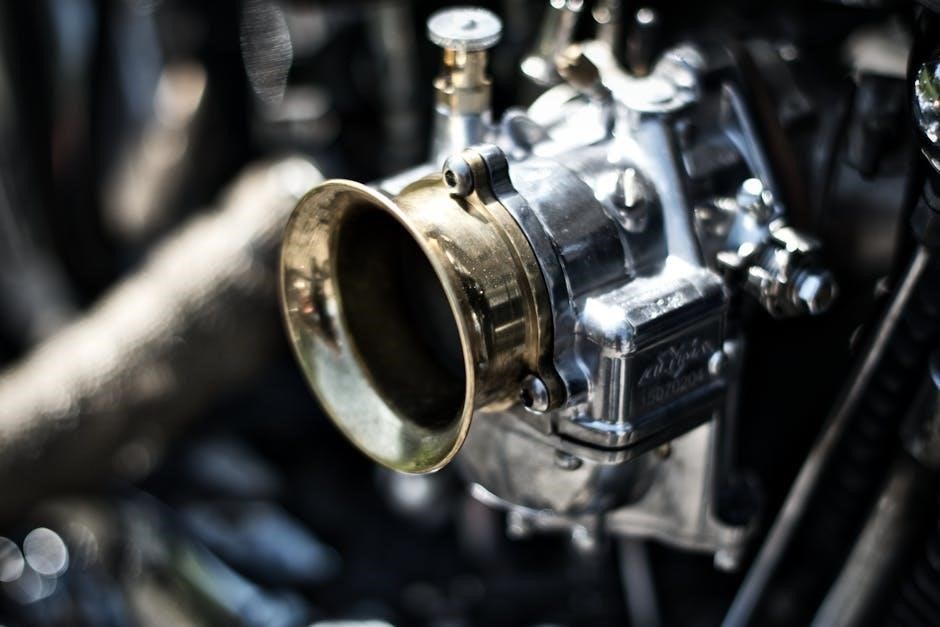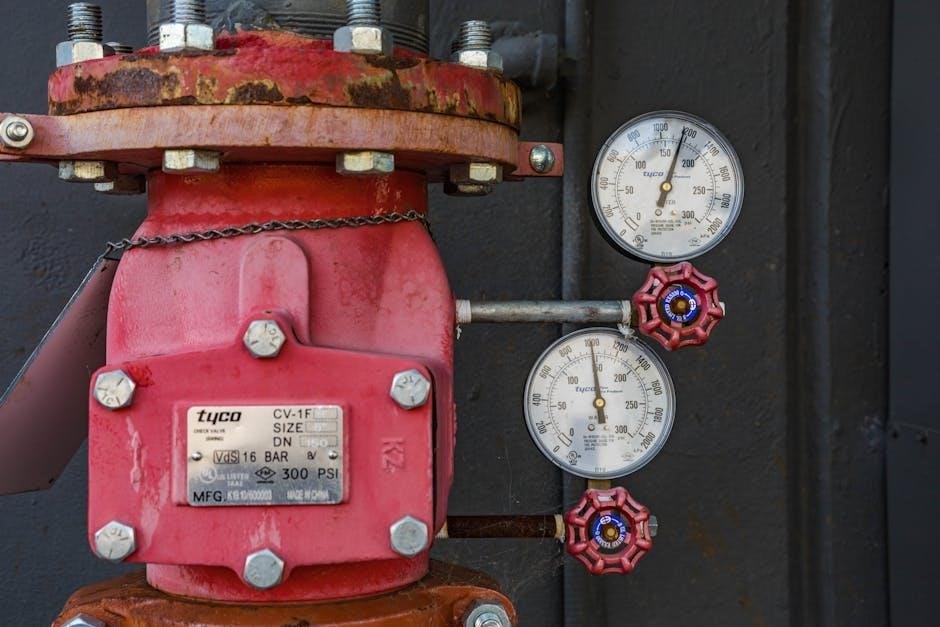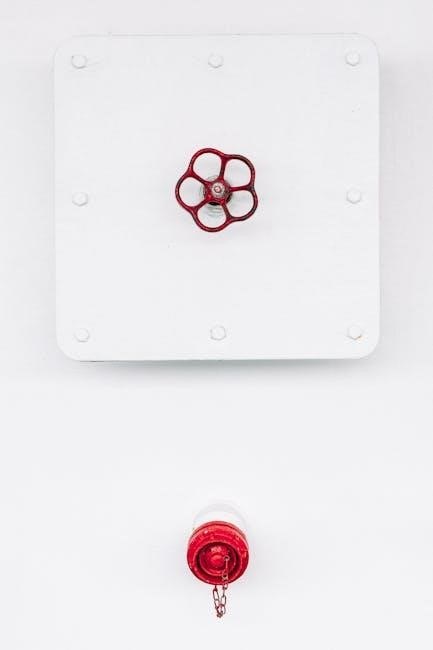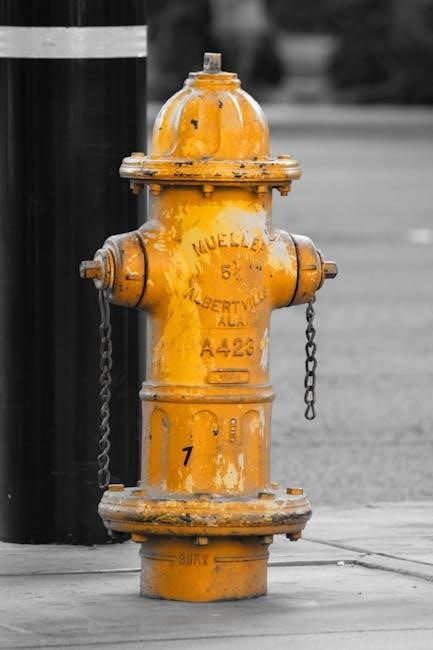The Autococker valve system is a critical component in paintball markers, impacting performance, efficiency, and reliability. This article explores the Autococker valve guide and the new valve, comparing their design, functionality, and benefits. Understanding these components is essential for players seeking to optimize their marker’s performance and durability, whether for competitive play or casual use. By examining maintenance, upgrades, and user experiences, this guide helps players make informed decisions about their Autococker valve system.
Background and Importance of Valve Systems in Autocockers
Valve systems in Autocockers are integral to their performance, reliability, and overall functionality. They regulate gas flow, ensuring consistent operation and accurate firing. Historically, Autocockers have been favored for their non-blowback design, which relies heavily on precise valve sealing and alignment. Players and technicians often emphasize proper valve maintenance and upgrades, as these directly impact the marker’s efficiency and accuracy. The introduction of the Autococker valve guide and the new valve design has further enhanced these systems, offering improved tuning options and reduced maintenance needs. Understanding these components is crucial for optimizing marker performance, making them a focal point for both casual players and competitive enthusiasts.

Overview of the Autococker Valve Guide and New Valve
The Autococker valve guide and the new valve are two distinct components designed to enhance marker performance. The valve guide improves alignment and reduces wear, ensuring smoother operation and consistent gas flow. It has become a popular upgrade for players seeking reliability and durability. The new valve, on the other hand, introduces advancements in sealing technology and flow dynamics, offering improved efficiency and reduced maintenance. Both components address common issues like misalignment and gas leakage, providing players with enhanced control and accuracy. These innovations reflect the ongoing evolution of Autococker technology, catering to both competitive players and enthusiasts looking to optimize their markers.

Design and Functionality of the Autococker Valve Guide
The Autococker valve guide is crafted to optimize airflow, minimize wear, and enhance marker performance. Its design ensures consistent and reliable functionality during gameplay.
Key Components of the Valve Guide
The Autococker valve guide consists of several critical components, including the valve pin, spring, and orifice. The valve pin regulates airflow, while the spring provides tension to ensure proper sealing. The orifice is precisely machined to control the flow of air, maintaining consistent pressure. These parts work together to optimize performance and reliability. The guide’s design ensures minimal wear and tear, extending the lifespan of the valve system. Its compact structure allows for easy installation and maintenance, making it a practical choice for players seeking durability and efficiency in their Autococker markers.
How the Valve Guide Enhances Performance
The valve guide enhances performance by ensuring precise airflow regulation, leading to consistent pressure and accurate shots. Its design minimizes wear and tear, improving reliability and reducing maintenance needs. The precise machining of the orifice ensures optimal air flow control, which is crucial for consistent performance. Additionally, the valve guide’s compact structure allows for easy installation and maintenance, making it a practical choice for players seeking durability and efficiency. Overall, the valve guide contributes to improved efficiency and performance, making it a valuable component for Autococker markers.
Common Materials Used in Valve Guides
Valve guides are typically constructed from durable materials to ensure longevity and optimal performance. Stainless steel is a popular choice due to its resistance to corrosion and wear. Aluminum is also used for its lightweight properties, though it may lack the durability of stainless steel; High-performance valve guides often incorporate advanced materials like titanium, which offers exceptional strength-to-weight ratios. Ceramic and hardened steel are also employed for their hardness and resistance to wear. The choice of material depends on the desired balance of weight, durability, and cost, ensuring the valve guide meets the demands of competitive play and maintains consistent performance over time.

Design and Functionality of the New Valve
The new valve features an optimized flow path for improved efficiency, lightweight materials for reduced weight, and a modular design for easier customization, enhancing overall performance.
Key Differences in the New Valve Design
The new valve design introduces significant improvements over the traditional valve guide, primarily in terms of airflow dynamics and structural integrity. Unlike the valve guide, the new valve features a streamlined flow path that minimizes turbulence, allowing for more consistent and efficient gas delivery. Additionally, the new valve incorporates a more robust sealing mechanism, reducing the risk of leaks and ensuring better performance under varying pressure conditions. The design also prioritizes lightweight materials without compromising durability, making the marker more agile and easier to handle. These advancements address common issues associated with the valve guide, offering enhanced reliability and precision for competitive play.
Advancements in the New Valve Technology
The new valve technology boasts cutting-edge innovations that significantly enhance performance and reliability. One major advancement is the integration of a precision-engineered flow control system, which optimizes air delivery and reduces turbulence. This results in smoother operation and improved shot consistency. Additionally, the new valve incorporates advanced materials with higher tensile strength and thermal stability, ensuring durability even under extreme conditions. The technology also features a self-cleaning mechanism that minimizes paint buildup, reducing maintenance needs. These advancements collectively contribute to better air efficiency, faster cycling, and a more responsive trigger pull, making the new valve a superior choice for competitive players seeking top-tier performance.
Material and Structural Improvements in the New Valve

The new valve features significant material and structural enhancements, setting it apart from its predecessor. High-performance materials like lightweight, corrosion-resistant alloys are now utilized, ensuring longevity and durability. The valve’s internal structure has been redesigned with precision-engineered porting and flow paths, optimizing air efficiency and reducing wear. Enhanced sealing mechanisms minimize leaks and improve consistency. These improvements not only boost performance but also contribute to a more reliable and long-lasting valve system. The combination of advanced materials and refined design ensures the new valve meets the demands of competitive play, offering a superior experience for players.

Performance Comparison
The new valve and valve guide differ in airflow dynamics, efficiency, and reliability. Each component is tailored for specific performance needs, ensuring optimal functionality in various scenarios.
Air Efficiency: Valve Guide vs New Valve
The autococker valve guide and new valve exhibit distinct air efficiency characteristics. The valve guide, part of the traditional system, may have design limitations that restrict optimal airflow, potentially leading to higher air consumption per shot. In contrast, the new valve is engineered with enhanced airflow dynamics, minimizing air leakage and resistance, thereby improving efficiency. Advanced materials in the new valve further contribute to smoother air flow and reduced friction, leading to superior performance and reduced air usage. These design and material improvements make the new valve more efficient compared to the valve guide, offering players a more consistent and reliable shooting experience with better air economy.

Consistency and Accuracy: Which Valve Performs Better?
The new valve demonstrates superior consistency and accuracy compared to the traditional valve guide. Its refined design ensures smoother operation, reducing mechanical play and variability in performance. The new valve’s improved sealing technology minimizes air leakage, delivering more consistent airflow and pressure regulation. This results in more accurate shots, especially in high-stress scenarios. In contrast, the valve guide, while reliable, may exhibit slight variations due to its older design. Players report that the new valve provides a more predictable shooting experience, making it the better choice for precision and reliability. Its advanced engineering makes it ideal for competitive play where consistency is crucial.
Pressure Handling Capabilities
The new valve excels in pressure handling due to its optimized design and advanced materials. It maintains consistent performance across a wide range of pressures, ensuring reliable operation even in high-stress conditions. The traditional valve guide, while durable, may struggle with extreme pressure fluctuations, leading to reduced accuracy. The new valve’s improved internal geometry and sealing technology allow for better pressure regulation, minimizing the risk of over-pressurization. This makes it more adaptable to modern high-pressure systems. In direct comparison, the new valve offers superior pressure handling capabilities, providing a more stable and efficient shooting experience for players. Its design ensures peak performance under varying conditions.

Maintenance and Upgrades
The new valve offers easier maintenance and upgrade options compared to the traditional valve guide, making it more accessible for players to customize and service their markers.
Maintenance Requirements for the Valve Guide
The autococker valve guide requires regular disassembly and cleaning to ensure optimal performance. Players should lubricate moving parts every 500 shots to prevent wear. Inspection for worn seals or debris is crucial, as neglect can lead to air leaks or inconsistency. Replacement parts are readily available, but installation demands precision to maintain functionality. While durable, consistent upkeep is vital to sustain its reliability and efficiency over time. Proper maintenance ensures the valve guide continues to deliver consistent performance, making it a reliable choice for players who prioritize longevity and stability in their autococker systems.
Maintenance Requirements for the New Valve
The new valve in autococker systems is designed for reduced maintenance compared to the valve guide. Its streamlined design minimizes the accumulation of debris, reducing the need for frequent cleaning. However, regular lubrication of the valve stem and surrounding components is essential to maintain smooth operation. Players should inspect the valve for wear or damage every 1,000 shots, replacing seals or O-rings as needed. The new valve’s self-cleaning feature reduces downtime, but occasional disassembly for thorough cleaning is still recommended. Its toolless design simplifies maintenance, making it more accessible for players. Overall, the new valve offers a more convenient and durable option for long-term performance.
Upgrade Potential: Valve Guide vs New Valve
The new valve offers greater upgrade potential compared to the traditional valve guide. Its modern design allows for easier installation of aftermarket parts, enabling players to enhance performance without significant modifications. The valve guide, while reliable, has limited upgrade options due to its older design. However, it remains compatible with select aftermarket components, providing some flexibility. Players seeking long-term adaptability and easier upgrades may prefer the new valve, while those prioritizing simplicity and proven reliability might stick with the valve guide. Both options cater to different needs, ensuring versatility for various playing styles and preferences, making them suitable for a range of scenarios and user preferences effectively.

Cost and Value
The new valve is generally more expensive than the valve guide due to its advanced technology. However, it offers better long-term value through improved durability and efficiency.
Price Comparison: Valve Guide vs New Valve
The autococker valve guide is generally more affordable, with prices ranging between $50 to $80, making it a budget-friendly option for players. The new valve, however, is priced higher, typically between $100 to $150, due to its advanced design and materials. While the valve guide is a cost-effective choice for casual players, the new valve appeals to competitive users willing to invest in superior performance. The price difference reflects the technological upgrades and improved functionality of the new valve, offering better long-term value for serious enthusiasts. Balancing budget and performance needs is key when deciding between the two options.
Long-Term Value and Durability
The autococker valve guide offers reliable durability for its price, typically lasting several years with proper maintenance. Its simplicity and robust construction make it a dependable choice for consistent performance. The new valve, however, excels in long-term value due to its advanced materials and design, often outlasting the valve guide by a significant margin. While it may require a higher initial investment, its superior durability and lower maintenance needs make it a cost-effective option over time. For players seeking a lasting solution, the new valve provides greater longevity and resistance to wear, making it the better choice for long-term use and reliability.

User Experiences and Feedback
Players report the valve guide as reliable but note its limitations in high-pressure scenarios. The new valve receives praise for smoother operation and consistent performance across various conditions.
Player Reviews and Preferences
Players often compare the valve guide and new valve based on personal preference and playstyle. Those who prioritize simplicity and reliability tend to favor the valve guide, praising its consistent performance in standard conditions. However, many competitive players prefer the new valve for its enhanced air efficiency and smoother operation, especially in high-pressure scenarios. Some users mention the new valve reduces wear on other components, while others appreciate its quieter sound signature. Casual players often stick with the valve guide due to its lower cost, while tournament-level players lean toward the new valve for its superior consistency and accuracy. Opinions remain divided, reflecting diverse needs and priorities in the paintball community.
Expert Opinions on Valve Guide vs New Valve
Experts in the paintball community offer varied perspectives on the valve guide and new valve. Many seasoned technicians and players emphasize that the valve guide remains a reliable choice for its simplicity and proven track record. However, engineers and high-level players often highlight the new valve’s advanced design and improved performance metrics. Some experts note that the new valve’s enhanced air efficiency and consistency make it superior for competitive play, while others argue the valve guide’s durability and ease of maintenance are unbeatable for casual use. Both options are respected, but preferences largely depend on the player’s priorities and playstyle, with no clear consensus among experts.
The valve guide excels in durability and simplicity, making it ideal for casual players, while the new valve offers enhanced performance, perfect for competitive play. Choose based on your playstyle and performance needs.
Final Thoughts on Choosing the Right Valve System
When deciding between the valve guide and the new valve, consider your playstyle, performance needs, and maintenance preferences. The valve guide is ideal for casual players who prioritize simplicity and durability, while the new valve is better suited for competitive play due to its advanced features and superior performance. Both systems have their strengths, so weigh factors like air efficiency, consistency, and cost before making a decision. Ultimately, the right choice depends on balancing your budget with the level of performance and reliability you require for your Autococker marker. Choose wisely to optimize your gameplay experience and mechanical performance.
Recommendations for Different Types of Players
For casual players, the valve guide offers simplicity and reliability, making it a cost-effective choice. Competitive players who prioritize high performance and consistency will benefit more from the new valve. Those on a budget may lean toward the valve guide, while players seeking cutting-edge technology should opt for the new valve. Beginners might prefer the valve guide due to its ease of maintenance, whereas experienced players may appreciate the advanced features of the new valve. Ultimately, choose based on your playstyle, budget, and performance expectations to maximize your Autococker’s potential and your overall gaming experience.
